By discovering vegetables that start with R, you will kick off a culinary adventure where flavors, colors, and textures dance together in harmony.
Picture the vibrant radishes in your salad or rutabaga in a toothsome cake. They are among the most excellent R-name foods that Mother Nature provides.
These R-listed vegetables are nature’s treasures, and they grace tables across the globe with their distinctive characteristics. I will tell you all about them in my compilation, which ranks the vegetables in terms of popularity.
Read on and discover the 13 most well-known vegetables that start with R! Then, I will give you a few fruits that also begin with this letter.
Top 13 Vegetables That Start With R With Filter
Scroll down and explore 13 vegetables that start with R. These options are mostly well-known names that can be found in many kitchens around the world.
Despite their popularity, I will still help you navigate this content more smoothly with interactive filters, which will show you the best vegetables for dishes, for beverages, and for garnish.
Rhubarb
- For Beverages
- For Dishes
Rhubarb, or pieplant, is a popular vegetable with long, slender, and leafy stalks. These stalks are the most helpful part of rhubarb; the large leaves aren’t edible due to their high oxalic acid content.
Rhubarb stalks are crunchy, fibrous, and available in many colors. Their flavor ranges from mildly sour to quite tart, depending on the variety and ripeness.
Rhubarb is widely used in Western cuisine, particularly in jams and desserts like cakes, pies, and crumbles. Its sourness pairs well with sweeteners and sweet fruits like strawberries or apples.
In addition, people in Scandinavia and parts of Asia even use rhubarb in savory dishes like soups and stir-fries. There is even a rhubarb-based alcoholic beverage In Eastern Europe.
Romaine Lettuce
- For Dishes
- For Garnish
Romaine lettuce is a popular type of lettuce that originated in the Mediterranean. It has long, sturdy leaves and an elongated head.
This ubiquitous lettuce variety offers a slightly bitter and nutty flavor. While romaine lettuce is most commonly used in Caesar salads, its robustness makes it versatile enough for grilling, wrapping, and inclusion in other types of salads and sandwiches.
Rocket
- For Dishes
Rocket, also known as arugula and rucola, is a leafy vegetable with Mediterranean origins. It is prized for its peppery and mustard-like flavor.
Rocket typically has elongated, serrated leaves that are dark green and deeply lobed. These leaves are tender and delicate, providing a pleasant, crisp bite.
Mediterranean cuisine commonly uses rocket leaves in salads, pizza, and pasta, both as a primary ingredient and a peppery garnish. This vegetable is also popular in Middle Eastern and American cuisines.
Runner Bean
- For Dishes
Runner bean is a legume that hails from Central America. Its alternative names are scarlet pole bean, multiflora bean, and butter bean.
This type of bean comes in long, flat, and green pods that can grow up to several inches in length. Inside the pods, you will find rows of flat, oval-shaped seeds.
When properly cooked, runner beans are tender, buttery, and slightly sweet. They are less starchy than many other bean varieties.
Runner beans are a favorite in British cuisine, where they are often boiled or steamed as a side dish.
As for Mediterranean cuisine, runner beans are included in salads, pasta dishes, or served as a side dish. Mexicans widely use runner beans in stews, while Indians include them in curries.
Rutabaga
- For Dishes
Rutabaga is a root vegetable that came from Northern Europe. Its origin is reflected in its alternative names, including swede, Swedish turnip, and neep.
Ranging from purple to beige in color, rutabaga has a typically round or flattened shape and rough, textured skin. The dense and firm flesh inside is usually yellow or pale orange.
Cooked rutabaga has a sweet, savory, and earthy flavor with subtle notes of cabbage and turnips, but it is less peppery and more mellow than turnips.
Boiled or mashed rutabaga that is mixed with butter and seasoning is a popular dish in Swedish, British, and American cuisines. Using this root vegetable in stews, soups, or roasted dishes is also common.
Interestingly, many parts of the UK have the tradition of carving rutabaga (known locally as turnips) into jack-o’-lanterns rather than pumpkins.
Radish
- For Dishes
Radish is a common vegetable known for its crisp, edible root. Domesticated thousands of years ago, it is widely used in various cuisines.
The texture of radish is described as crisp and crunchy but softens under heat. Its flavor ranges from sweet and mild to sharp and peppery.
In Western cuisine, radishes can be added to salads, pickled, and grated or roasted as a side dish. Radishes are a staple in Asian cuisines, used in salads, soups, stir-fries, pickles, and sushi and sashimi.
Mexicans love serving radishes as an accompaniment to dishes like tacos and guacamole, while this root vegetable is part of mezes (appetizers or snacks) in the Middle East.
Rapini
- For Dishes
Rapini, or broccoli rabe, is a leafy vegetable originating in the Mediterranean region. It features a leggy shape due to having dark green, long, leafy stems with small broccoli-like florets.
Rapini is known for its distinctively bitter and earthy flavor and is widely used in Western cooking. In Mediterranean cuisine, especially Italian cooking, people boil rapini as a side dish or sautée to serve with pasta or to top pizza and flatbread.
Renkon
- For Dishes
Renkon is an alternative name for lotus root, a popular vegetable in Asia. It refers to the edible rhizomes (underground stems) of the lotus plant.
Renkon comes with a cylindrical structure with multiple holes or air channels running through its cross-section. There are two main types: seven-hole renkon (red renkon) and nine-hole renkon (white renkon).
The texture of renkon is incredibly crisp and crunchy, while its flavor is mild and slightly sweet with subtle nutty undertones.
China, Japan, Korea, Vietnam, and Thailand are countries that feature renkon extensively in their foods. There are many ways to prepare this unique vegetable, such as braising, stir-frying, dressing as a salad, and cooking in soups and hot pots.
In modern and fusion cuisine, renkon has found its way into creative dishes, such as lotus root chips, sandwiches, and wraps.
Rice Bean
- For Dishes
Rice bean is a legume with a small, oval shape. It has a white eye resembling a rice grain, hence the name.
Hailing from Indochina, rice beans go by multiple names, like red beans, Mambi beans, and oriental beans. These beans come in many colors and offer a mild, nutty, and delightfully sweet taste.
Rice beans often appear in Southeast Asian desserts and sweet snacks. In other culinary regions, such as India and Latin America, people sometimes add rice beans to curries, stews, and rice dishes.
Radicchio
- For Dishes
Radicchio is a leafy vegetable hailing from the Italian region of Venetia. It is easily recognized by its small, round or elongated heads, featuring deep red leaves with white veins.
As a member of the chicory family, radicchio offers crisp leaves with a bitter and pleasantly spicy flavor that mellows when cooked.
To enjoy the unique flavor profile of radicchio, grill, roast, or sauté this vegetable to reduce its bitterness. Alternatively, add raw radicchio to salads for a pop of color and bold flavor, the way that many chefs in Europe and North America do.
Ramp
- For Dishes
Ramp is a leafy vegetable with vibrant green leaves and edible bulbs. It is native to North America and has many alternative names, like wild leek, wood leek, wild garlic, and ramson.
The broad, long, lance-shaped leaves of ramps emerge from a slender, purple-tinged stalk, while the small bulbs are white or pinkish. Both parts emit a bold, garlic-like aroma with hints of onions.
Texture-wise, ramp leaves are tender and slightly waxy, providing a pleasant, crisp bite when consumed raw. On the other hand, the bulbs are more fibrous and should be cooked.
In North America, ramps are harvested in the spring and used in salads, pickles, or sautéed dishes. They are also added to soups, stews, and sauces.
Ramps have recently gained popularity in upscale and contemporary cuisine. Certain European countries feature them in soups, pasta, sauces, and rice dishes.
Rock Samphire
- For Dishes
Rock samphire is a leafy vegetable native to the coastal regions of Europe. It is also known by various common names, such as sea fennel, sea asparagus, or simply samphire.
Rock samphire features fleshy, succulent stems and bluish-green leaves. Its flavor profile is uniquely herbal and citrusy, with a salty edge reminiscent of asparagus seasoned with sea salt.
In the UK and some other European countries, rock samphire has long been a traditional ingredient in coastal cuisines. Pickling, boiling or branching, and sautéeing are popular ways to cook this vegetable.
In addition, rock samphire is a beloved accompaniment and garnish to seafood, especially fish dishes.
Rampion
- For Dishes
Rampion is a leafy green vegetable with origins in Europe, particularly in the Mediterranean region. It has multiple names, such as rapunzel or rover bellflower.
Rampion leaves are deep green, lance-shaped, and slightly toothed along the edges. These leaves are tender and have a delicate, almost silky texture that is best enjoyed when young.
In terms of flavor, rampion has a mild and slightly peppery flavor. Many Mediterranean salads use it as a primary ingredient or garnish.
Many people also use rampion in stews or add it to sandwiches, wraps, and various side dishes.
Are you curious about fruits that start with R? Read the next section, and you will see that they are just as diverse as the vegetables introduced above.
What Are Common Fruits That Start With R?
The following fruits are well-known options that have R at the beginning of their names.
Read on and discover the 13 most well-known vegetables that start with R!
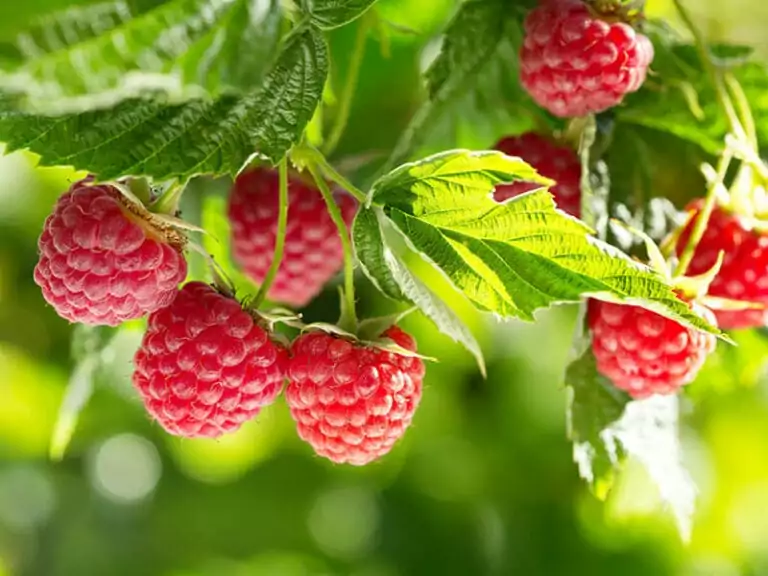
Raspberry
Raspberry is a European and Asian fruit that showcases a sweet flavor and a juicy exterior available in various colors.
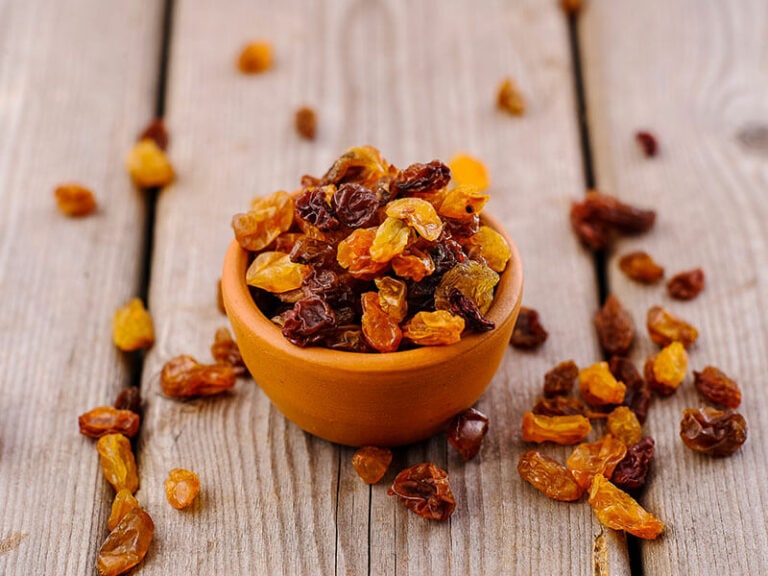
Raisin
Raisin refers to dried grapes, which are sweeter, chewier, and more affordable than fresh grapes. It can be eaten directly or used in various dishes.
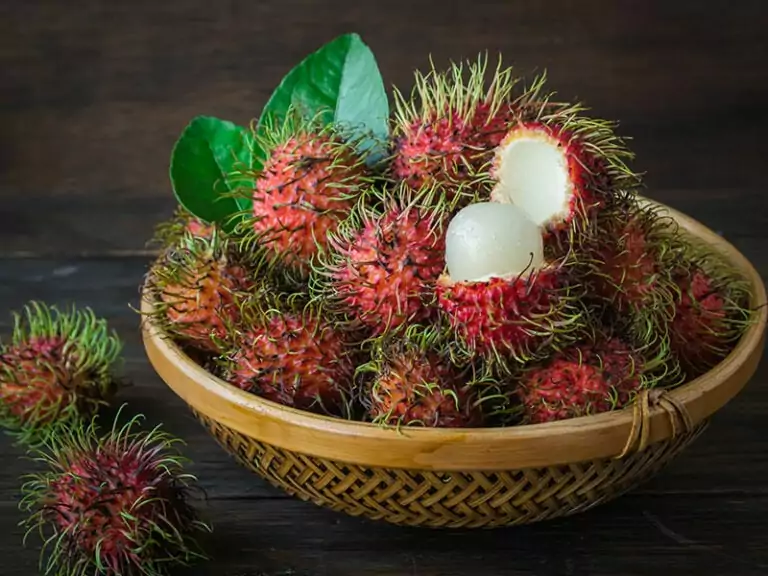
Rambutan
Rambutan is a tropical fruit of Southeast Asian origin. Its most notable features are the red, hairy exterior and sweet, juicy flesh.
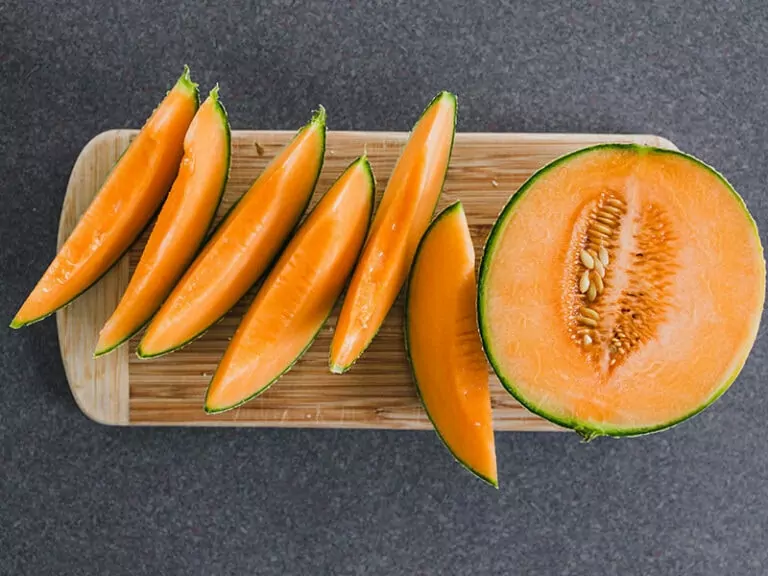
Rockmelon
Rockmelon is a popular name for cantaloupes in New Zealand and Australia. It is a fruit with sweet, juicy, orange-yellow flesh.
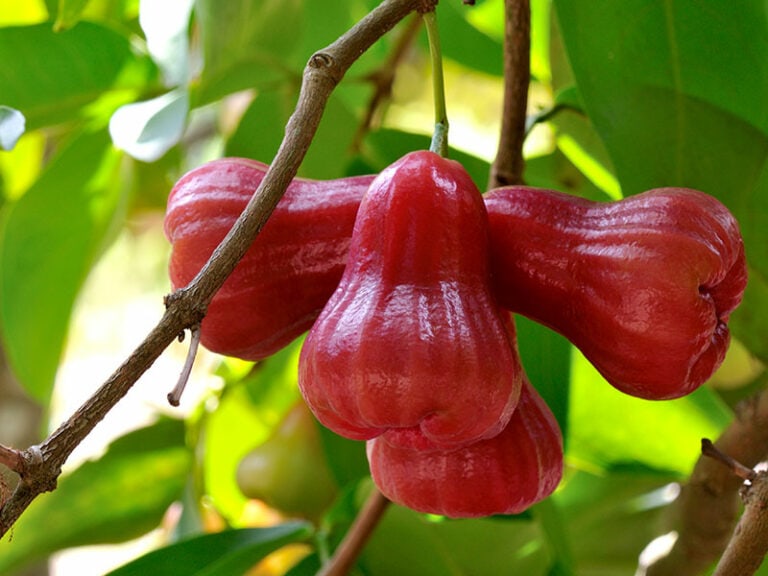
Rose Apple
Rose apple is a Southeast Asian tropical fruit that has a bell-like shape and sweet, crispy flesh with a high water content.
Don’t think those fruits are the end of the list. Many more fruits whose first letter is R are waiting for you to uncover.
Let’s go back to the topic of R-named vegetables! Dive in, explore their unique qualities, and share your experiences in the comment section.
For more details about other vegetables starting with other letters, I have a whole list of A to Z choices below. So keep reading to open your horizons.

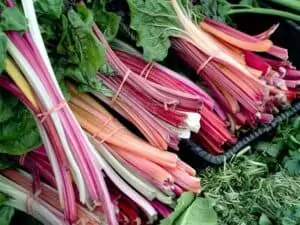
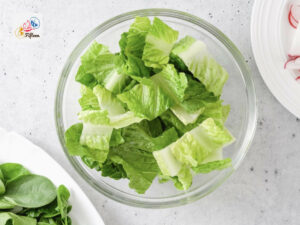
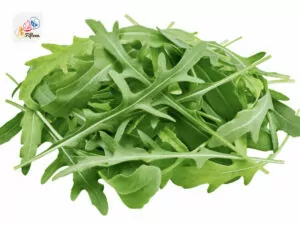
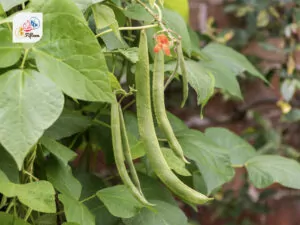
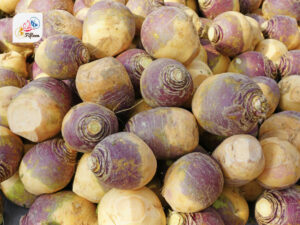
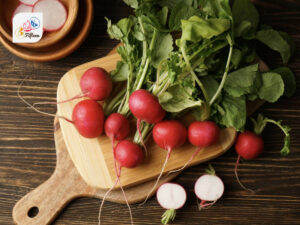
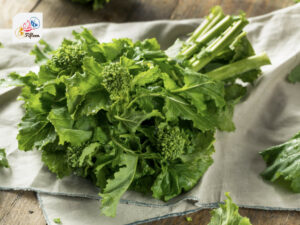
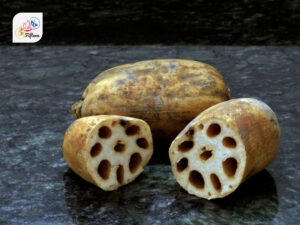
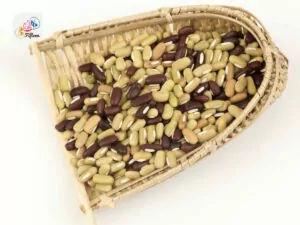
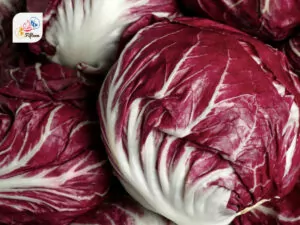
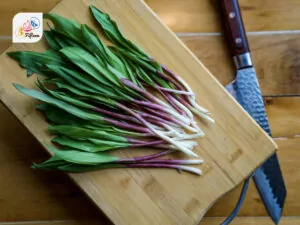
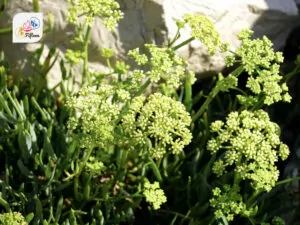
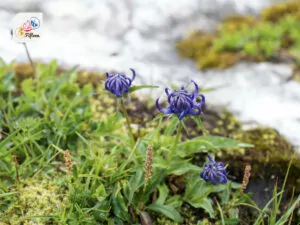
Jamie Scott
Editor in Chief, Senior Content Writer
Expertise
Home Cooking, Meal Planning, Recipe Development, Baking and Pastry, Food Editor, Cooking-video Maker, Western Food Evaluation Expert
Education
Le Cordon Bleu College of Culinary Arts
Local Community College, New York, NY
Jamie Scott is a skilled culinary expert and content creator specializing in Western cuisine. With over 15 years in the culinary field and formal training from Le Cordon Bleu, Paris, Jamie deeply understands how to blend nutrition with delicious flavors. His passion for cooking matches his commitment to making healthy eating accessible and enjoyable.
On Fifteen.net, Jamie brings a fresh perspective to classic dishes and beverages, offering readers insightful recipes, cooking tips, and a fresh view on meal planning that emphasizes taste, health, and simplicity.